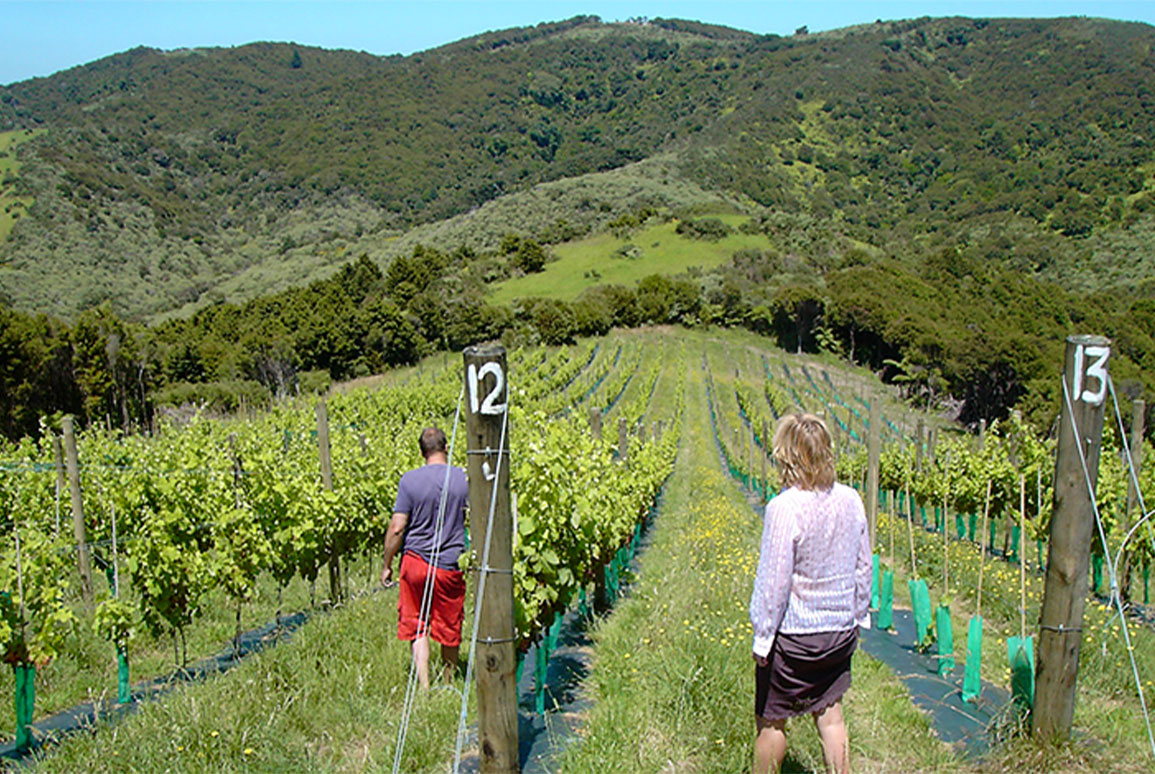What you need to know about the Proposed National Policy Statement on Indigenous Biodiversity
1 May 2019
Since 2010, the Government has made several starts on the development of a proposed National Policy statement on Indigenous Biodiversity (pNPSIB). A National Policy Statement (NPS) was seen as an essential response to the continuing decline in native plants, animals and their ecosystems.

Such an NPS would apply to any activity which directly or indirectly impacted indigenous vegetation or the habitats of indigenous species. Furthermore, all District and Regional Plans would have to be made consistent with it, and within yet to be defined timeframes.
In 2017 a Biodiversity Collaborative Working Group was set up to progress development of the pNPSIB. This working group was made up of representatives from Forest and Bird, Federated Farmers, New Zealand Forest Owners Association, Environmental Defence Society, representatives of the Iwi Chairs Forum through the Pou Taiao Iwi Advisors Group, and representatives from infrastructure industries. In October 2018, the working group delivered a draft NPSIB to the Associate Minister for the Environment, Hon Nanaia Mahuta for her consideration.
This draft NPSIB applies to terrestrial systems, wetlands and marine systems, but does not apply to freshwater systems (lakes, rivers, streams), as the working group felt freshwater systems required separate consideration.
There are two pillars upon which the draft NPSIB is based:
- That Section 6(c) of the RMA is not intended to just provide protection for “the most important sites”, but that biodiversity loss is of such concern that “most remaining areas of indigenous vegetation and habitat are now significant”.
- Following from the first, we have an obligation to avoid a range of effects and there is an expectation of local authorities for their plans to be consistent with this requirement.
The draft NPSIB focuses on protection and enhancement. Essentially, if a site is found to be significant then the priority is to avoid affects, with a few exceptions. If the site is not significant then the priority is to enhance biodiversity in general. To ensure this protection is achieved, the proposed NPSIB requires an increased level of biodiversity information will be necessary for RMA decision making, for both new consents and reconsenting of existing projects.
The draft NSPIB also presents a completely new set of criteria for determining significance, and a best-practice approach to carrying out a significance assessment. This process and these proposed criteria will supersede all other criteria currently in use by Councils throughout the country and potentially require new significant natural area (SNA) assessments. The timeframes for these changes are not yet known.
Within the standard four criteria — Representativeness, Diversity and Pattern, Rarity and Distinctiveness, and Ecological Context - there are 21 attributes that must be considered. Meeting any one of these attributes will confer significance on a site. Our initial observation is that under these criteria most indigenous vegetation and habitats would be viewed as significant.
Effects within an SNA can be considered (and mitigated / offset / compensated) under very specific circumstances. For example, if the activity within an SNA is national infrastructure; or mineral and aggregate extraction that is “essential” for domestic supply; or Papakainga, marae, ancillary community facilities on Maori land. Even under these special circumstances there are limits to the effects that can be considered.
What is the process from here? We understand the working group's draft is being developed into a Proposed NPSIB. It will be notified in the near future although no date appears to have been set, and submissions will be called for. Once submissions are received it is possible a decision will be made directly by the Minister without hearings.

